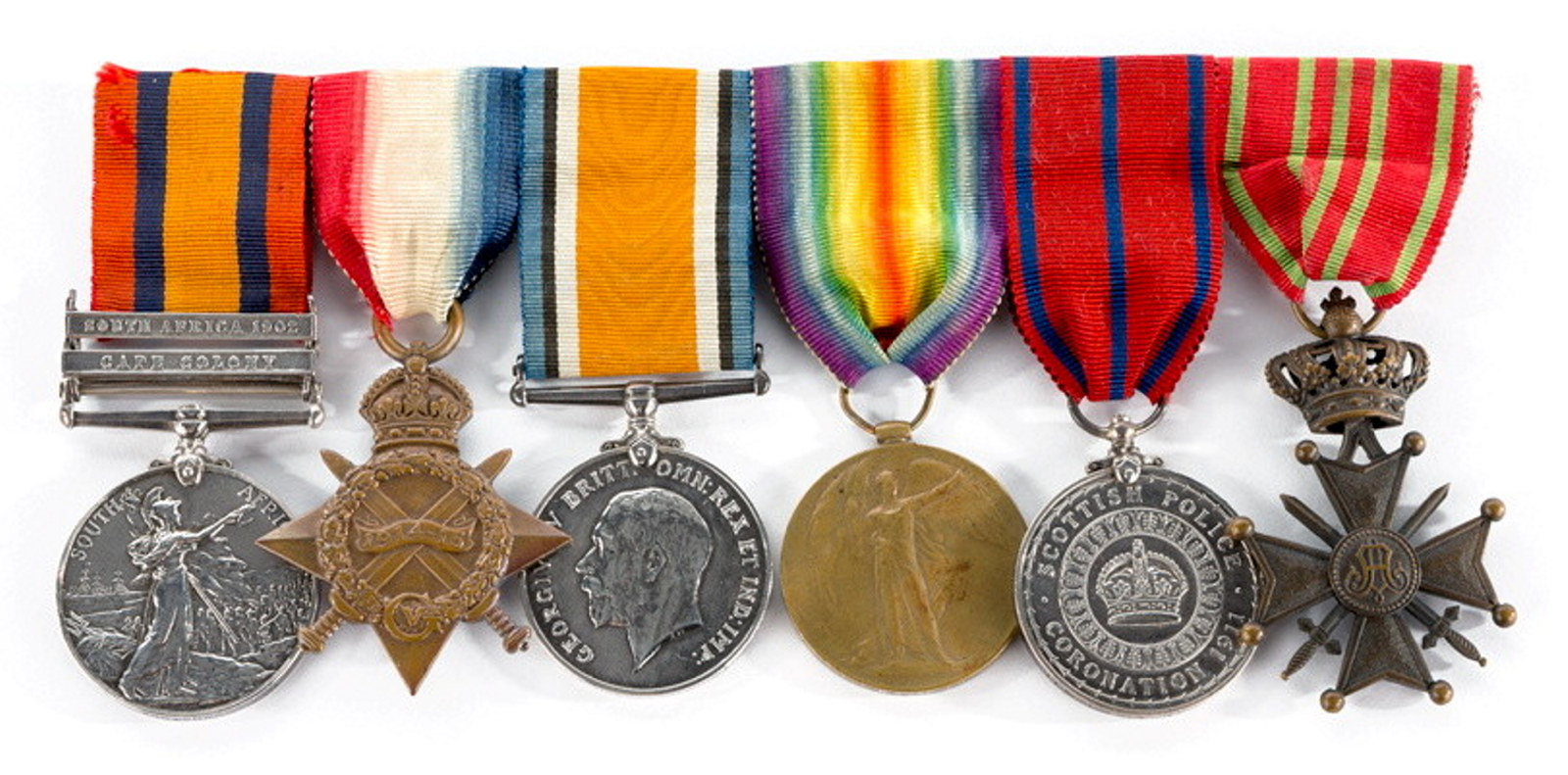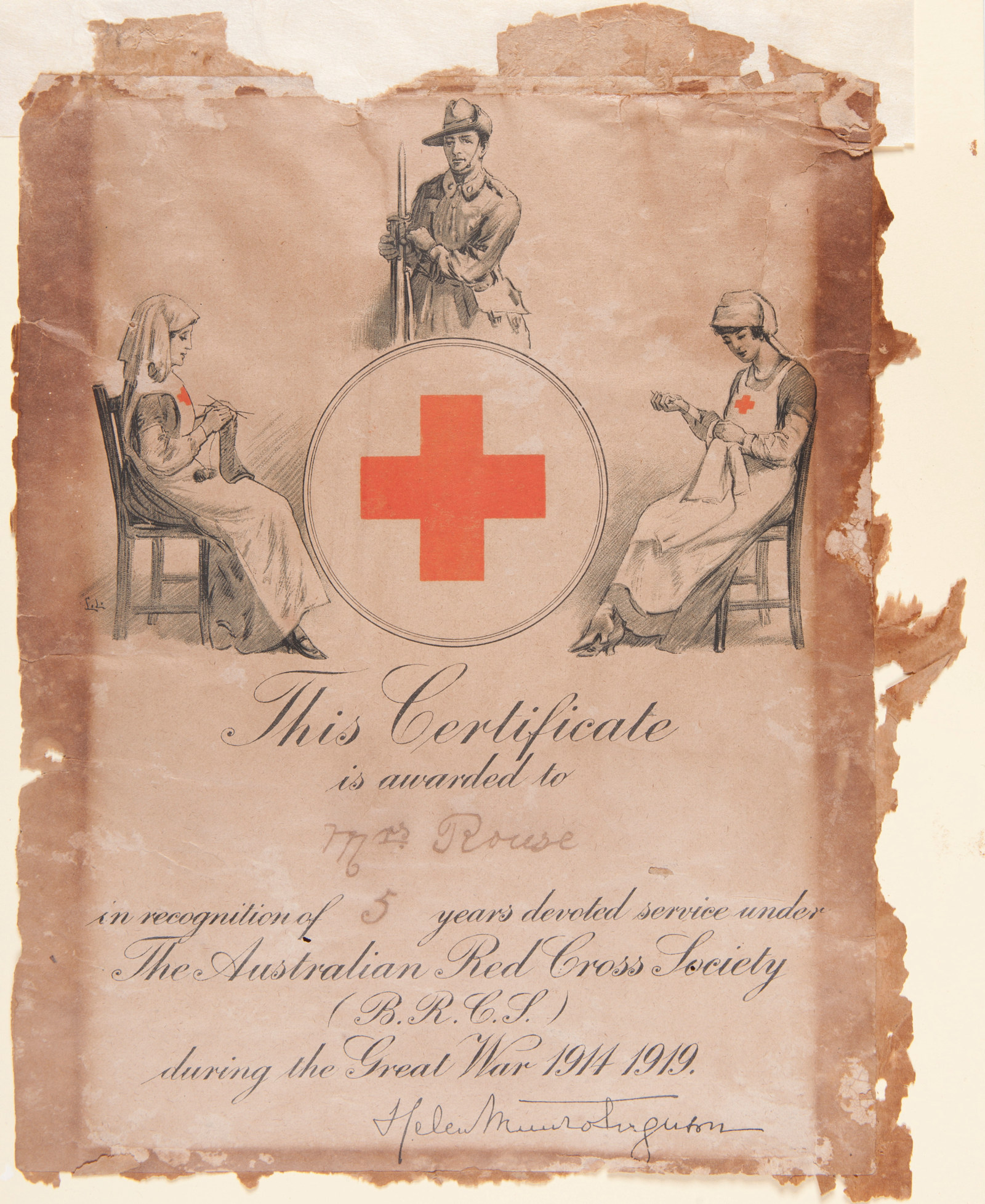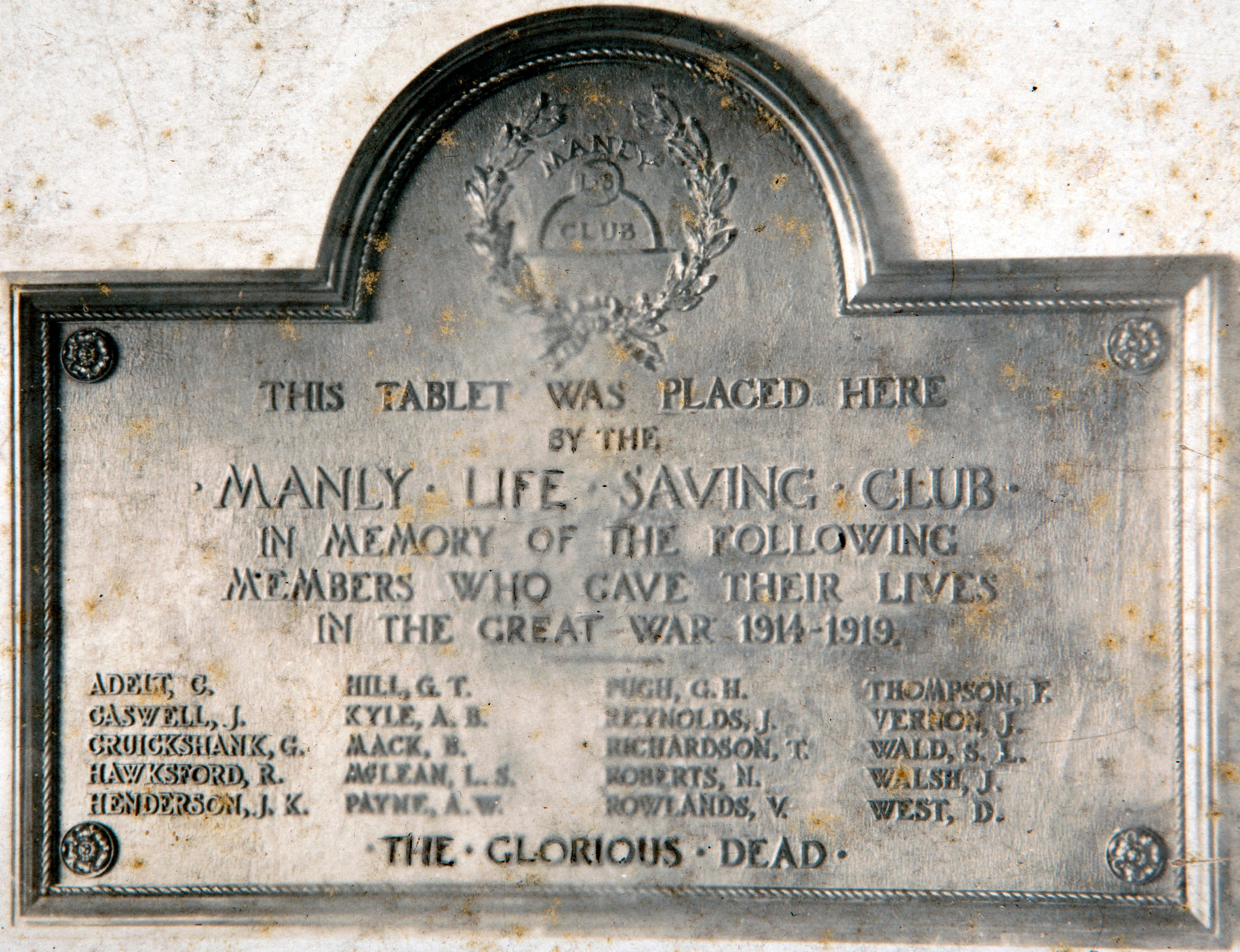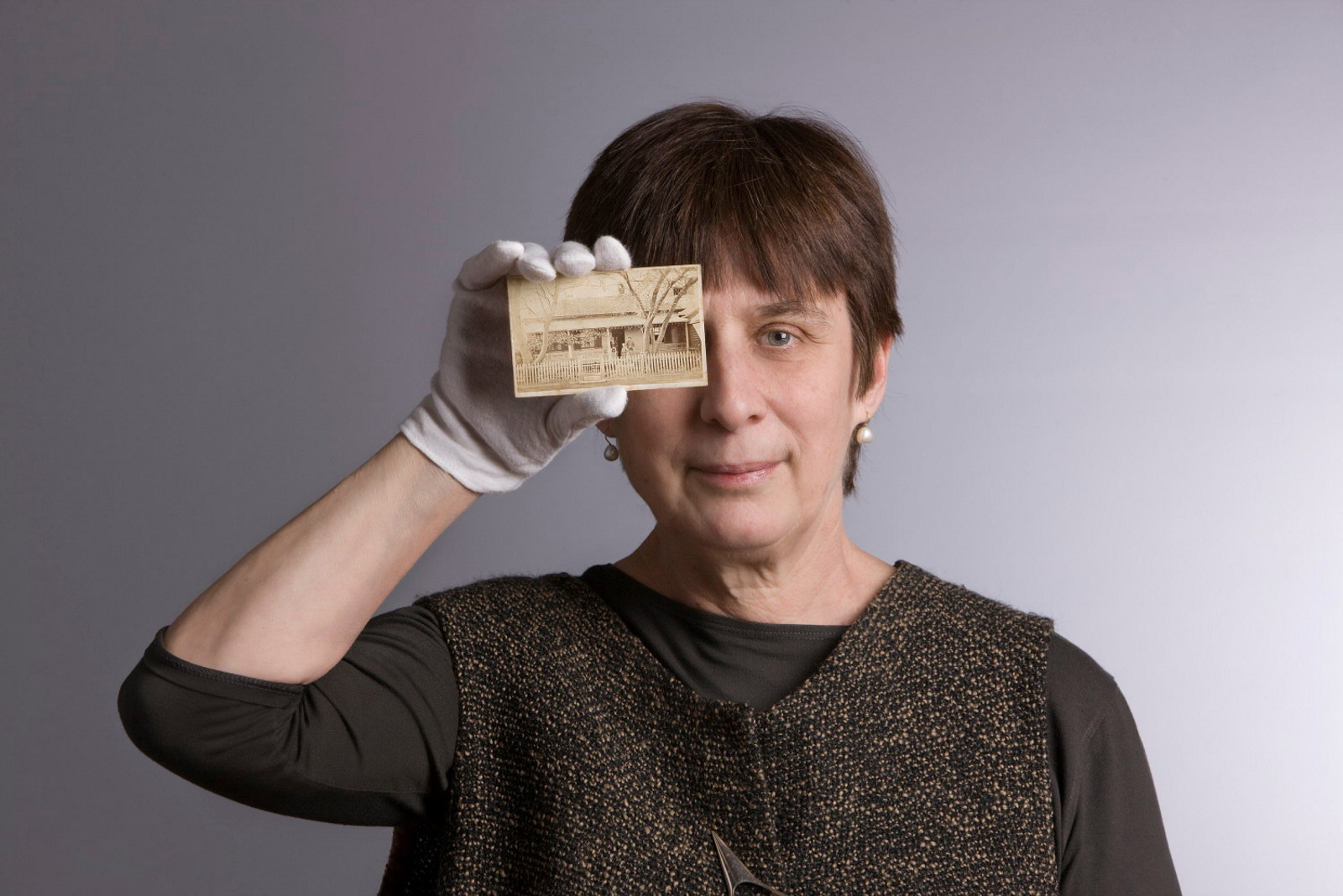Dr Robert Norman Scott Good
1885–1962
This framed photograph of Dr Robert Norman Scott Good (1885–1962), taken by one of Melbourne’s most fashionable portrait photographers, sits on the mantelpiece in the drawing room of the former Thorburn family home Meroogal in Nowra, on the south coast of NSW.
Visitors to the house notice and comment on the picture, and perhaps wonder about this handsome man in uniform, with his stylishly upturned coat collar.
Good was born in East Melbourne and educated at Geelong Grammar and the University of Melbourne, graduating as a Bachelor of Medicine and Bachelor of Surgery in 1907.
He began his medical career at Ballarat Public Hospital before becoming resident medical officer at the Melbourne Children’s Hospital and then resident medical officer at the Perth Children’s Hospital. In 1912 Good went into private practice in Wentworth, in the far south-west of NSW, before marrying and moving north to Young in late 1913. In Young both he and his wife, Viola, were active in the social life of the town and closely associated with the local Presbyterian church, an association that led to a friendship with the Presbyterian minister James Barnet Steel and his wife, Margaret, nee Macgregor. Margaret was a member of the extended Meroogal family, a niece of the Thorburn sisters – Belle, Georgie, Kate and Tottie – then living at Meroogal.
Good became an honorary captain in the Australian Army Medical Corps Reserve in February 1917, but it was not until May 1918 that he received notification that he was required for active service, and he was formally commissioned as a captain in the Army Medical Corps in July 1918. At the beginning of November 1918 he was working at a military sanatorium in the Melbourne suburb of Macleod, daily expecting to embark for service overseas, when the declaration of peace on 11 November brought the termination of his appointment and his return to his family and practice in Young.
The Goods remained in Young until 1923. The Steels left the district in January 1921 when the Reverend Steel accepted a posting with the Australian Inland Mission based at Cloncurry in western Queensland. Margaret and her young daughter, June, returned to her mother’s house, Kintore, in Worrigee Street, Nowra, next to Meroogal.
The framed photograph of Dr Good, inscribed to ‘Mr & Mrs Steel’, as well as other Good family photographs and mementos of the friendship, stayed with Margaret.
Published on
More

WW1
War Service
From the shores of Gallipoli to the sprawling Western Front, the stories told here reveal the powerful war experiences of ordinary soldiers. Some were decorated for bravery in the field, while others made the ultimate sacrifice

WW1
Home Front
As the war stretched on, thousands of women at home in Australia supported the war effort by volunteering for patriotic fundraising activities

WW1
Enemy Within?
These stories explore the threat to Australia from within, from the identification of a section of the population as ‘enemy aliens’ to the formation of the jingoistic Anti-German League, and the radical ideology and activities of the Industrial Workers of the World (IWW)

WW1
Commemoration
Hear the poignant personal stories behind battlefield grave markers in Egypt, France and Gallipoli, as well as the stories behind workplace honour rolls, one of the most common, but often hidden, forms of war memorial in Australia
